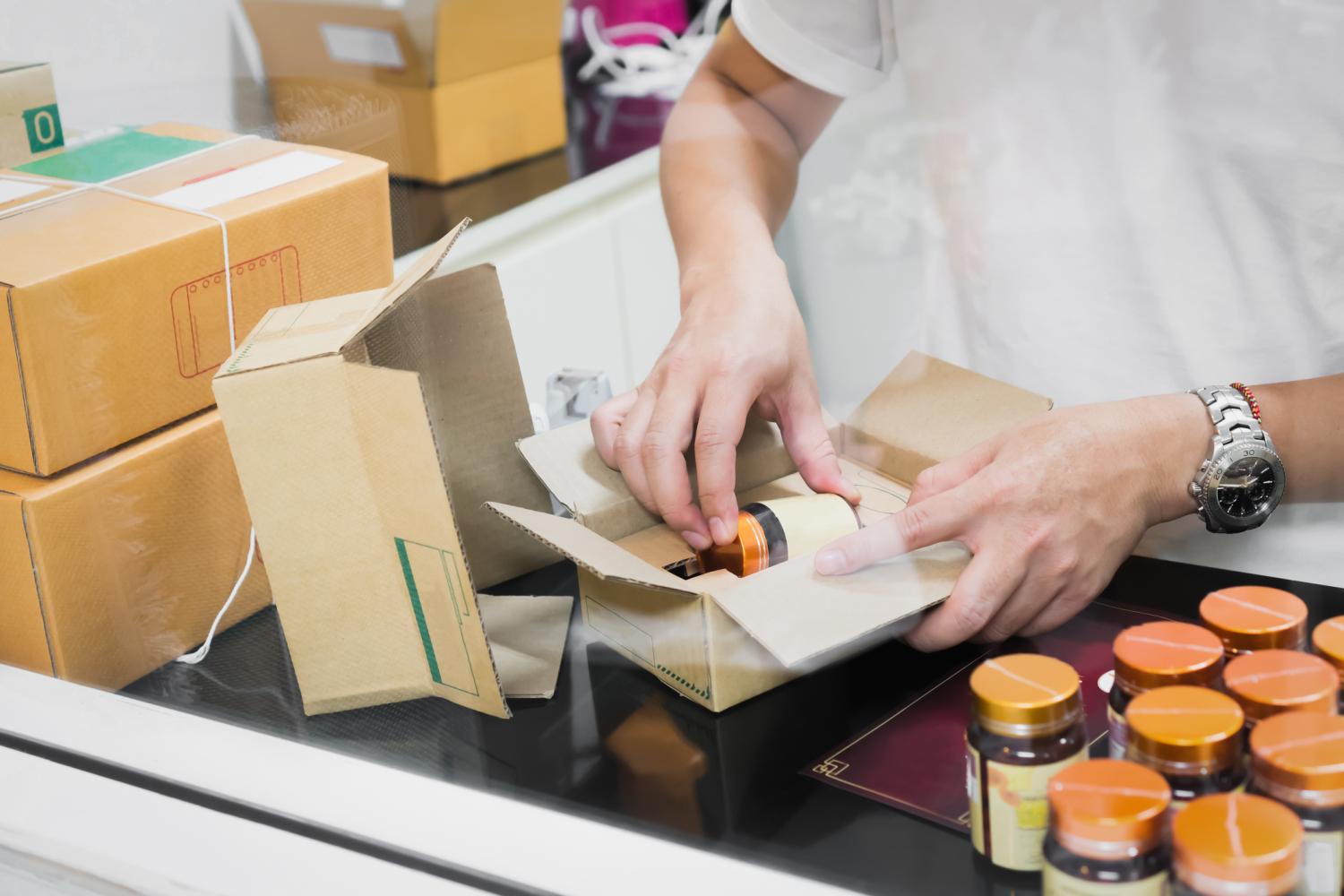Private industry and the US government must work together to address the country's longstanding prescription-drug supply chain weaknesses and their massive societal costs, say the authors of and consultants to a 2022 book on the topic commissioned by the National Academies of Sciences, Engineering, and Medicine (NASEM).
The contributors to Building Resilience into the Nation's Medical Product Supply Chains published recommendations for strengthening the US prescription-drug supply chain this week in Health Affairs. They highlight recent supply chain disruptions, some exacerbated by the COVID-19 pandemic, that have led Americans to search for or go without essential prescription drugs such as amoxicillin, Adderall, saline, and epinephrine, or accept inferior substitutions.
The team synthesized findings from 22 reports from government agencies, academia, think tanks, consulting companies, and other industry experts to describe recent actions to shore up pharmaceutical supply chains; lay out the steps to advance transparency, inventory management, and onshoring (moving manufacturing back to the West, including the United States, from overseas); and discuss the need for financial incentives and effort prioritization.
One of the referenced reports is from the Resilient Drug Supply Project, among the first on drug shortages published after the COVID-19 pandemic began. The Resilient Drug Supply project is part of the University of Minnesota's Center for Infectious Disease Research and Policy (CIDRAP), publisher of CIDRAP News.
"Patients would benefit immensely from the advice put forth in the NASEM report, as they would receive safe, effective, and dependably sourced medications," said David Margraf, PharmD, PhD, an RDSP pharmaceutical research scientist. "Enhancing the security of the drug supply chain can significantly reduce the risk of counterfeiting, contamination, and other dangers to drug delivery. Through the assurance of reliable suppliers, patients can have peace of mind that they are receiving the highest-quality medication."





















